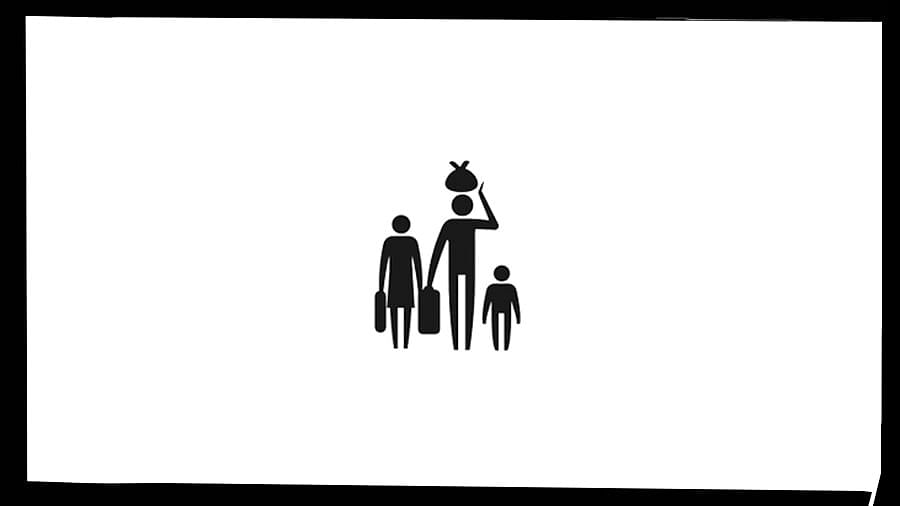
Credit: DH Illustration
After a gap of a decade, the National Sample Survey Office (NSSO) of the Government of India released a fact-sheet with the results of the NSS Household Consumer Expenditure Survey (HCES) for the year 2022-23. The last published survey data pertained to the period 2011-12. The 2017-18 data was not released citing data quality issues, although the survey used the same methodology as the 2011-12 survey.
Leaked reports of the 2017-18 survey suggested that the average monthly per capita consumer expenditure (MPCE) had declined from Rs 1,501 in 2011-12 to Rs 1,446 in 2017-18, implying that poverty had increased in India. This decline was sharper in rural India (8.8%) than in urban India (2.2%). This finding was embarrassing for the Narendra Modi government to release on the eve of the Lok Sabha elections in 2019. It proposed a new survey, instead.
Based on the latest data, some experts have claimed that poverty has been nearly eradicated in India, without even checking whether the 2022-23 data are comparable with 2011-12 data. The CEO of Niti Aayog, B V R Subrahmanyam, claimed that poverty in rural India, which was estimated at 25.7% in 2011-12, had fallen to below 5% of the population. Economist Surjit Bhalla claimed that it had declined to below 2%!
If poverty in India has been nearly eradicated, one wonders why the Modi government has promised free foodgrains to more than 81 crore people, or over 60% of India’s population, for the next five years, and that too when NSS data shows that consumption of cereals has steadily declined over time. East Asian economies such as China recorded a sharp decline in poverty levels only at high economic growth rates of above 10% per annum. India’s GDP growth rates have ranged between 3.8% to 7% in the last five years, with the rate turning negative (-5.83%) in 2020 due to the Covid pandemic. How then did poverty in India get eradicated so quickly?
Note also that as per a World Bank report (2022), 70 million people fell below the international poverty line of $2.15 per day in 2020 following the pandemic, of which India alone accounted for 80% (56 million).
Unlike the 2011-12 survey, the 2022-23 NSS survey selected households in rural and urban areas using new criteria, such as land possessed in rural areas, and possession of one or more cars for non-commercial use in urban areas. While previous surveys used a single questionnaire with a single visit to canvass data from sample households, the 2022-23 survey used four sets of questionnaires, with multiple visits. The 2022-23 survey covered 405 items, compared to 347 items in the 2011-12 survey. The survey also furnishes data on average MPCE after imputing the value of freebies provided to households, such as free foodgrains, fuel, laptops, bicycles.
It is not clear as to how representative the sample is of India’s rural and urban population? What is the proportion of rural households possessing lands and the proportion of urban households owning cars in the sample? Have these been weighted and accounted for while estimating the average MPCE for all expenditure classes?
Ignoring all this, let us evaluate the estimates of the average MPCE. As per the survey, the average MPCE for rural India was Rs 3,773, and for urban India, Rs 6,459. For the bottom 5% of the rural population, this figure was Rs 1,373, compared to Rs 2,001 for the corresponding urban population. The MPCE figures for the top 5% of the population were Rs 10,501 for rural India and Rs 20,824 for urban India.
It is pitiful that even after a decade, the average MPCE in real terms (in 2022-23 prices) has not even doubled, whether in rural or urban India (Rs 2,760 and Rs 4,865 respectively in 2011-12 as against Rs 3,773 and Rs 6,459 in 2022-23 respectively).
As per the poverty line for rural areas suggested by the Tendulkar Committee (Rs 1,575 in 2022-23 prices), the bottom 5% of the rural population fall below the poverty line. But as per the Rangarajan Committee’s poverty line (Rs 1,876 in 2022-23 prices), the bottom 20% of India’s rural population with average MPCE of Rs 1,755 are below the poverty line. These ratios hold even when we include the imputed value of freebies provided to households.
Despite tall claims about the benefits of a “double-engine Sarkar” and unprecedented development that is claimed to have taken place in Uttar Pradesh and Madhya Pradesh in the last few years, it is lamentable that the standard of living measured by the average MPCE in the rural areas of these two states (Rs 3,191 and Rs 3,113 respectively) are not only well below the national average but also lag far behind that of north-western and southern states. Bihar, West Bengal, Odisha, and Chhattisgarh, too, report their average rural MPCE (Rs 2,466 to Rs 3,384) to be well below the national average. The average MPCE for rural areas was the highest for Kerala (Rs 5,924), followed by Himachal Pradesh (Rs 5,561), Punjab (Rs 5,315), Tamil Nadu (Rs 5,310), Andhra Pradesh (Rs 4,870), Haryana (Rs 4,859), Telangana (Rs 4,802) and Karnataka (Rs 4,397).
The average MPCE (Rs 3,798) for rural Gujarat, the so-called model state, was only marginally higher than the national average (Rs 3,773). But if the imputed value of freebies is added, this average (Rs 3,820) falls below the corresponding national average. Interestingly, Rajasthan fared well with the average MPCE (Rs 4,263) in rural areas being well above the national average and the other traditional BIMARU states.
The plight of the self-employed in agriculture, casual labourers, Scheduled Castes and Tribes is pathetic, with their average MPCE (between Rs 3,016 and Rs 3,702) well below the national average. India becoming a $5 trillion economy or third-largest economy in the world will be meaningless if these vulnerable sections cannot share in the gains of this development.
(The writer is an economist)